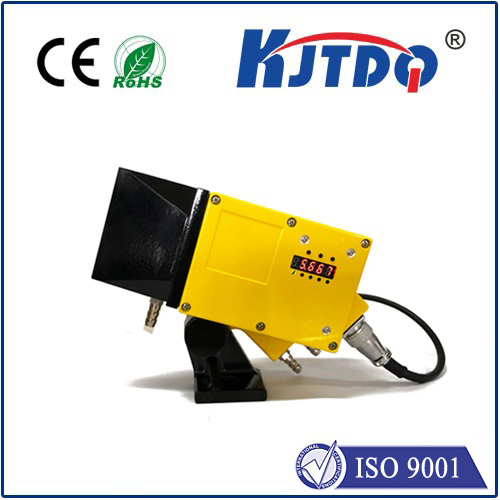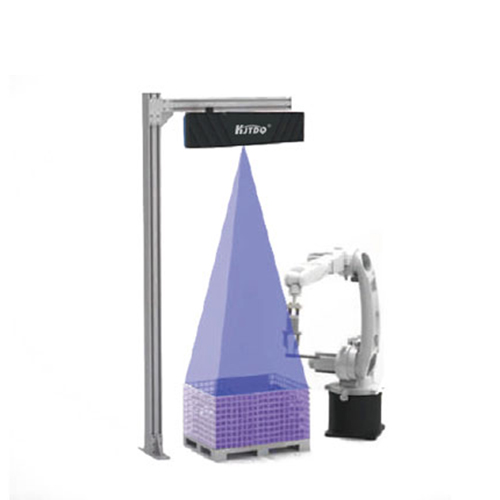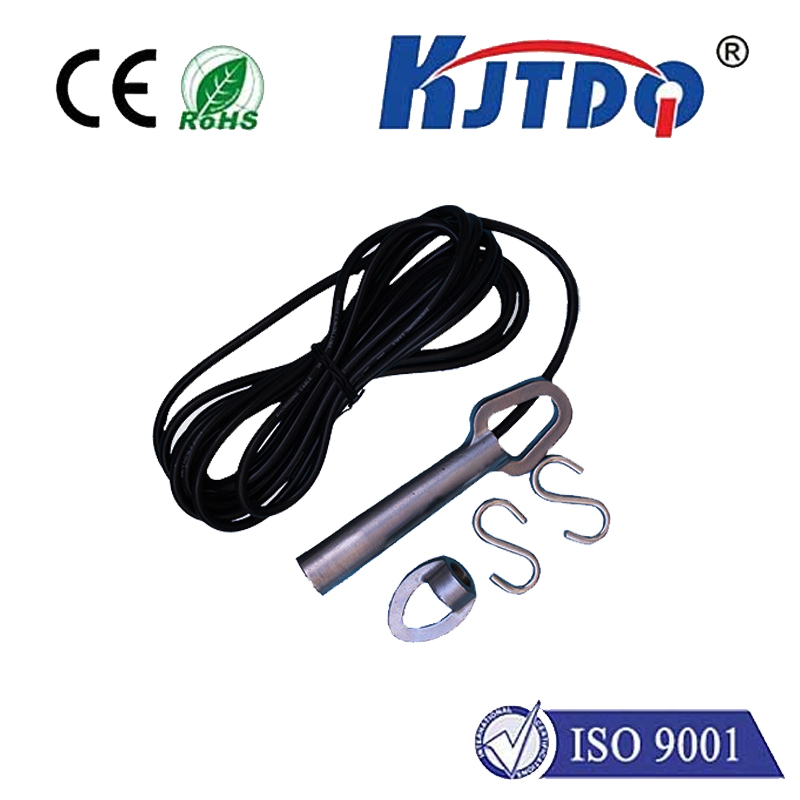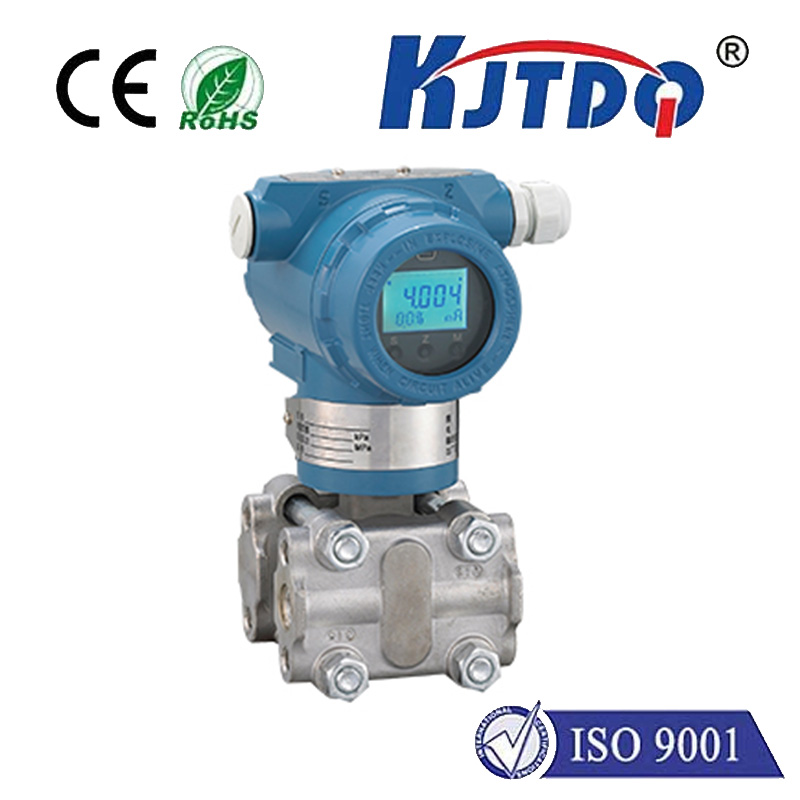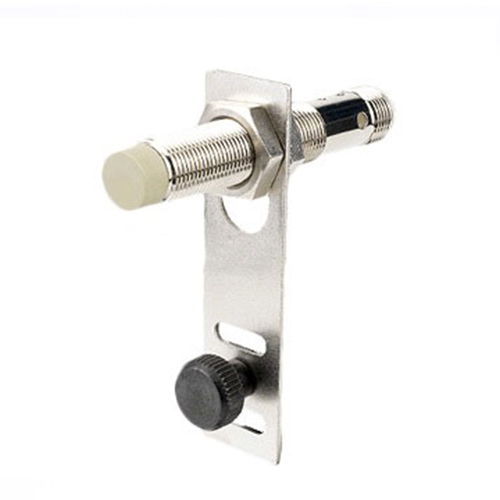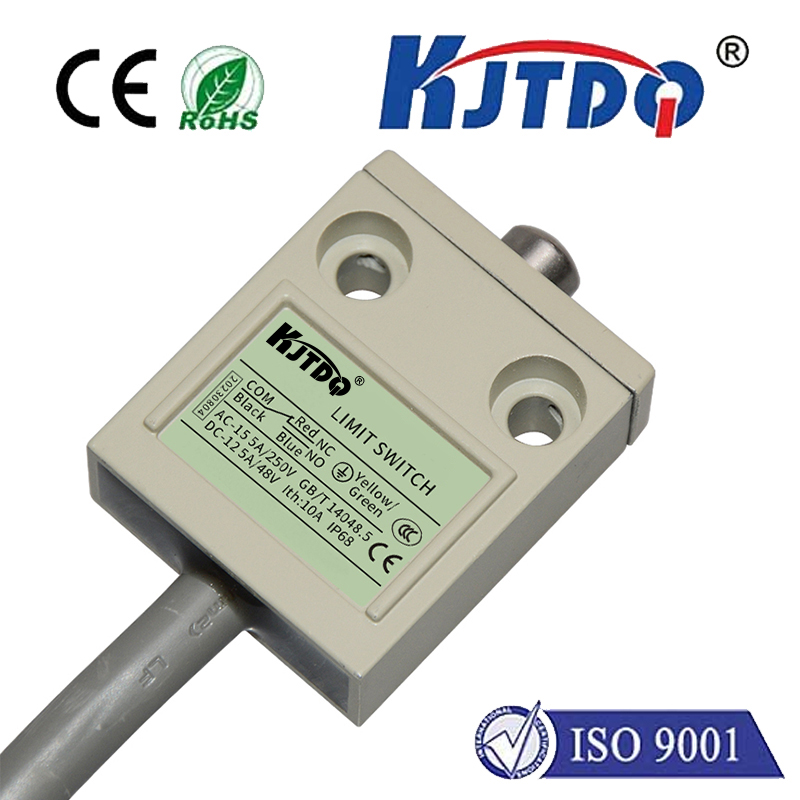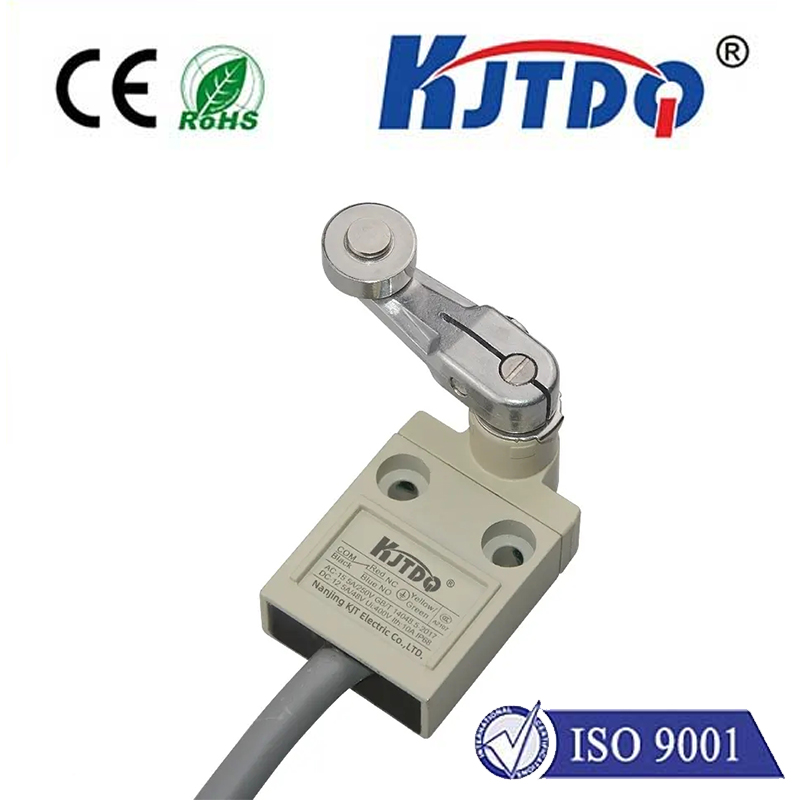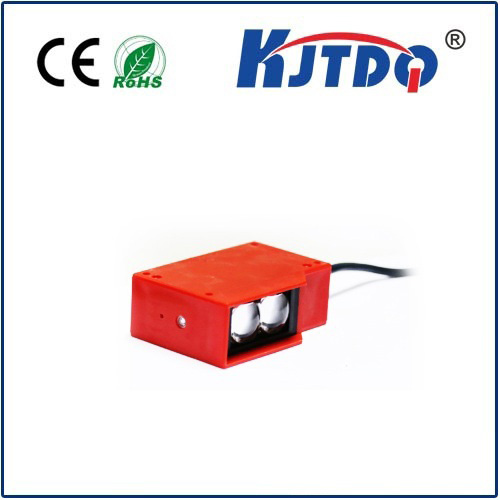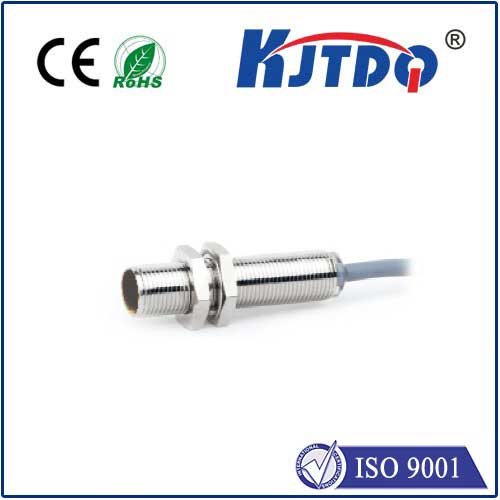

check

check

check

check

check

check

check

check

check

check
In recent years, there has been a significant increase in the development and implementation of autonomous vehicles. One crucial component that enables these cars to navigate and interact with their environment is the approach sensor. This sensor plays an essential role in detecting and responding to objects approaching the vehicle, ensuring the safe and efficient operation of autonomous vehicles on the road. In this article, we will explore the significance of approach sensors in self-driving cars and their impact on transportation.
The Importance of Approach Sensors in Autonomous Vehicles
Approach sensors are mounted on the front or rear of the vehicle and work together with cameras, GPS, and other sensors to detect the presence of nearby objects. These sensors use radar or lidar technology to create a precise 3D map of the surrounding environment, providing the vehicle with real-time information about obstacles and potential hazards. By accurately identifying objects and their distances from the car, approach sensors enable autonomous vehicles to make informed decisions about navigation, speed control, and collision avoidance.
In addition to enhancing safety, approach sensors also improve the efficiency of autonomous vehicles by optimizing driving routes and reducing fuel consumption. By analyzing data from multiple sensors, these systems can determine the most efficient and quickest paths to destination, taking into account factors such as traffic patterns, weather conditions, and road closures. This not only saves time but also reduces emissions, making autonomous vehicles more environmentally friendly.
Challenges and Solutions in Approach Sensor Technology
Despite their importance, there are still challenges facing the development and application of approach sensors in autonomous vehicles. One major challenge is improving the accuracy and reliability of sensor data, particularly in adverse weather conditions such as heavy rain, snow, or fog. To address this issue, researchers are exploring new technologies such as radar-based LiDAR (Light Detection and Ranging) systems that can operate effectively even in harsh weather conditions.
Another challenge is ensuring that approach sensors do not cause unnecessary delays or disrupt traffic flow. To address this concern, some researchers are developing adaptive cruise control systems that can automatically adjust speed and distance based on changing traffic conditions without relying solely on approach sensors.
Conclusion
As autonomous vehicles become increasingly prevalent on our roads, approach sensors will play a critical role in ensuring their safe and efficient operation. By providing accurate information about nearby objects and obstacles, these sensors enable autonomous vehicles to navigate complex environments, optimize driving routes, and avoid potential hazards. While there are still challenges to overcome in the development and deployment of approach sensors, continued research and innovation will ultimately lead to safer, cleaner, and more efficient transportation solutions for everyone.
